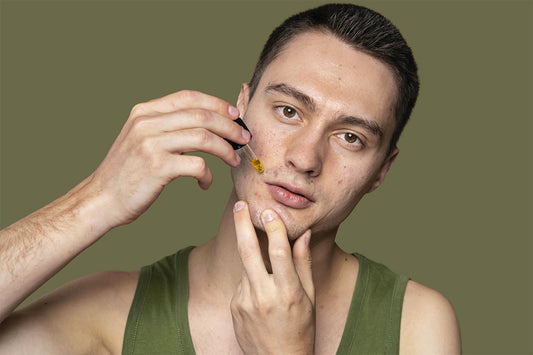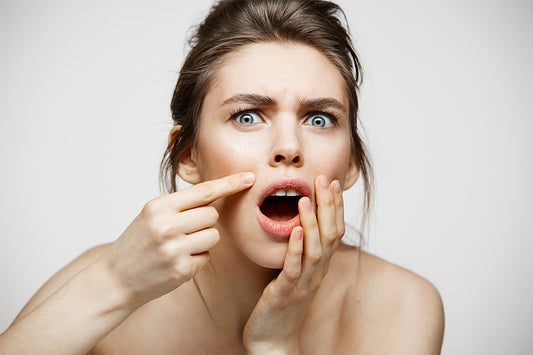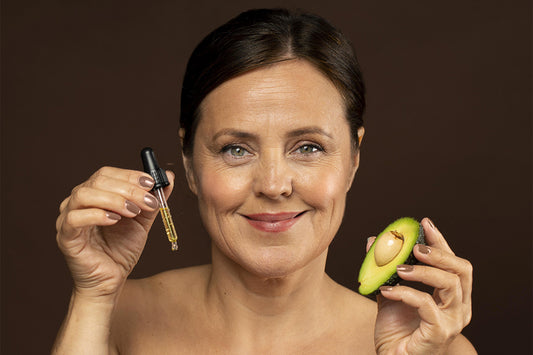Tackling facial blemishes

Facial blemishes can be a bothersome dermatological problem that affects not only a person's appearance but also their self-esteem. They can manifest themselves in various forms, each with its own causes and solutions. In this article, we'll explore the different types of facial blemishes , their origins, and the methods for preventing and treating them , both through cosmetics and aesthetic medicine.
Types of facial blemishes
- Sunspots : These spots, also known as lentigines or solar lentigines, are caused by exposure to the sun's UV rays and appear as small dark areas on the skin, especially in more exposed areas such as the face, hands and neck.
- Melasma : Melasma is a skin condition characterized by brown or grayish patches that typically appear on the face, especially on the forehead, cheeks, upper lip, and chin. It is often associated with hormonal imbalances , sun exposure, and genetic predisposition.
- Acne spots: Dark spots left by acne are the result of inflammation of the hair follicles and can persist even after the pimples have healed. These spots can vary in size and intensity and can be difficult to treat.
- Age spots : Over time, skin can develop dark spots or age spots, caused by accumulated sun damage over the years. These spots tend to appear on areas most exposed to the sun and become more noticeable as we age.
Causes of facial blemishes
Facial blemishes can be caused by a number of factors, including:
- Exposure to UV rays from the sun
- Hormonal imbalances
- Skin aging
- Skin inflammation
- Genetic predisposition
- Use of irritating cosmetics
Prevention and treatment
Preventing facial blemishes is essential for maintaining radiant, even skin tone. Some helpful tips include:
- Regularly use a broad-spectrum sunscreen with SPF 30 or higher
- Avoid direct exposure to sunlight during peak hours
- Use cosmetics that are gentle on the skin
- Maintain a balanced diet and stay adequately hydrated
When it comes to treating facial blemishes, there are several options available:
- Whitening products containing ingredients such as kojic acid, azelaic acid, or vitamin C
- Dermatological treatments such as chemical peels or microdermabrasion
- Laser treatments to remove the most persistent stains
- Hyaluronic acid treatments or microneedling to improve skin texture and appearance
In conclusion, addressing facial blemishes requires a combination of prevention, treatment, and care. Consulting a dermatologist or aesthetician can help you identify the best approach for your needs and achieve radiant, even skin.



